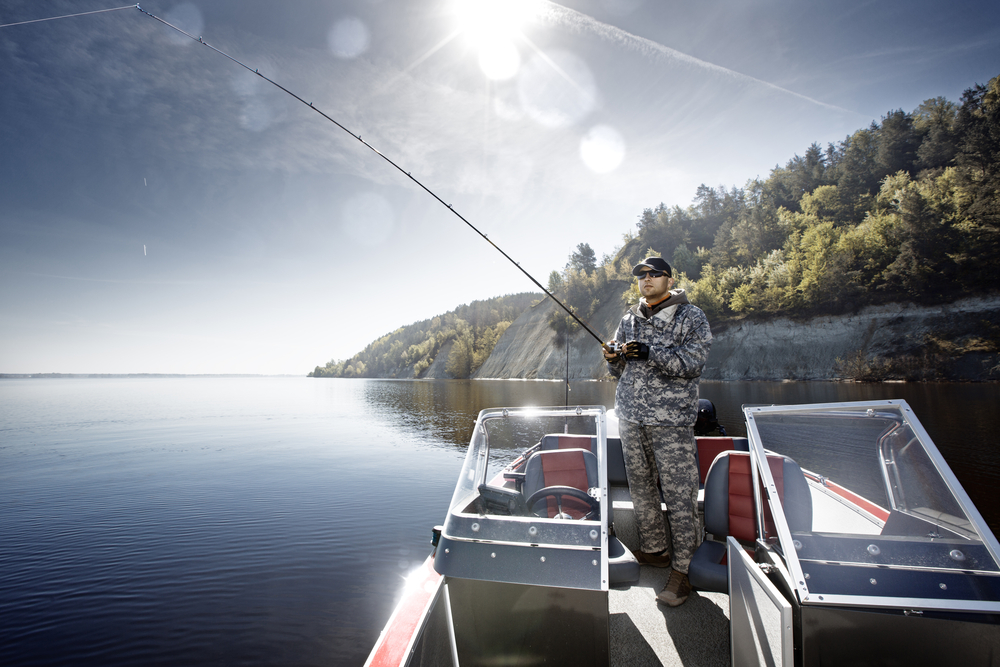Bass Habitat

Bass, including both largemouth bass (Micropterus salmoides) and smallmouth bass (Micropterus dolomieu), are found in a variety of habitats in freshwater bodies such as lakes, reservoirs, rivers, ponds, and streams. The specific habitat preferences of bass can vary depending on the species, local conditions, and time of year. Here are some common habitat characteristics where bass are often found:
- Vegetation: Bass are commonly associated with aquatic vegetation, such as submerged vegetation (e.g., hydrilla, milfoil) and emergent vegetation (e.g., lily pads, cattails). These areas provide cover, shade, and a source of food for bass. Bass will often position themselves near the edges or within openings in the vegetation to ambush prey.
- Structure: Bass are attracted to various types of structure in the water, including submerged logs, fallen trees, stumps, rocks, brush piles, and docks. These structures provide hiding places, ambush points, and shelter from predators. Bass will often position themselves adjacent to or within these structures.
- Depth and Water Temperature: Bass can be found at different depths depending on the time of year and prevailing conditions. In warmer months, they may move to deeper water to find cooler temperatures, while in cooler months, they may move to shallower areas where the water is warmer. Bass are often found in depths ranging from a few feet to several dozen feet.
- Current: Smallmouth bass, in particular, are known for their affinity for flowing water. They are commonly found in rivers and streams with moderate to swift currents. They position themselves in eddies, behind rocks, or in areas with current breaks where they can conserve energy while waiting for prey.
- Substrate: Bass can be found in areas with different types of substrate, including rocky bottoms, gravel beds, sandy areas, and mud flats. They may use these areas for spawning, feeding, or seeking shelter.
- Oxygen Levels: Bass require adequate dissolved oxygen levels for survival. They are often found in areas with good water quality and sufficient oxygen, such as areas with aeration, inflowing water, or where waves break along shorelines.
- Prey Availability: Bass are opportunistic predators and will seek areas with abundant food sources. They often frequent areas where baitfish, crayfish, insects, and other prey species are abundant.
It’s important to note that bass behavior and habitat preferences can vary based on the geographic location, specific body of water, time of year, and other factors. Understanding the local conditions and observing the habitat features that attract bass in your fishing area can help you increase your chances of success when targeting these fish.


